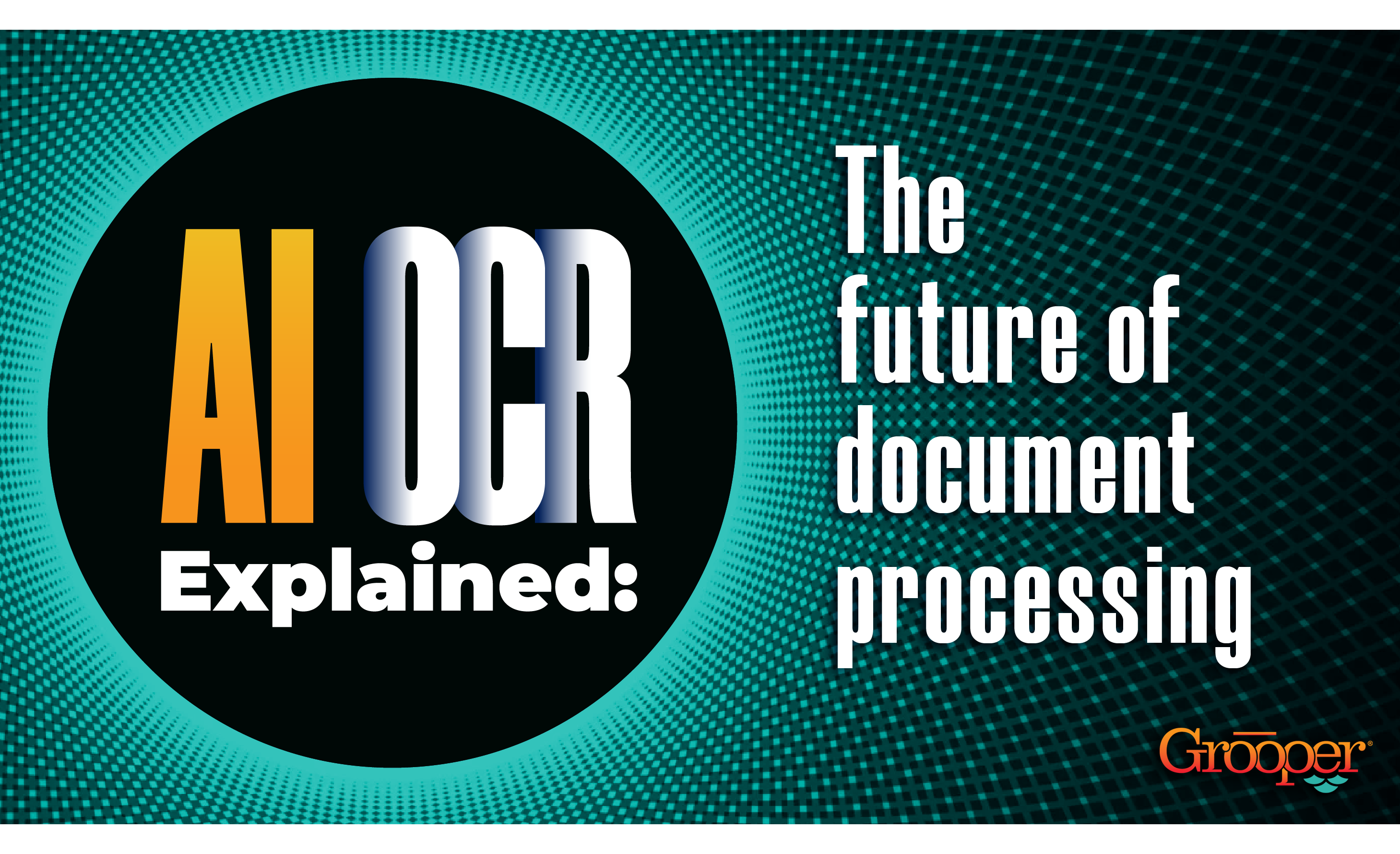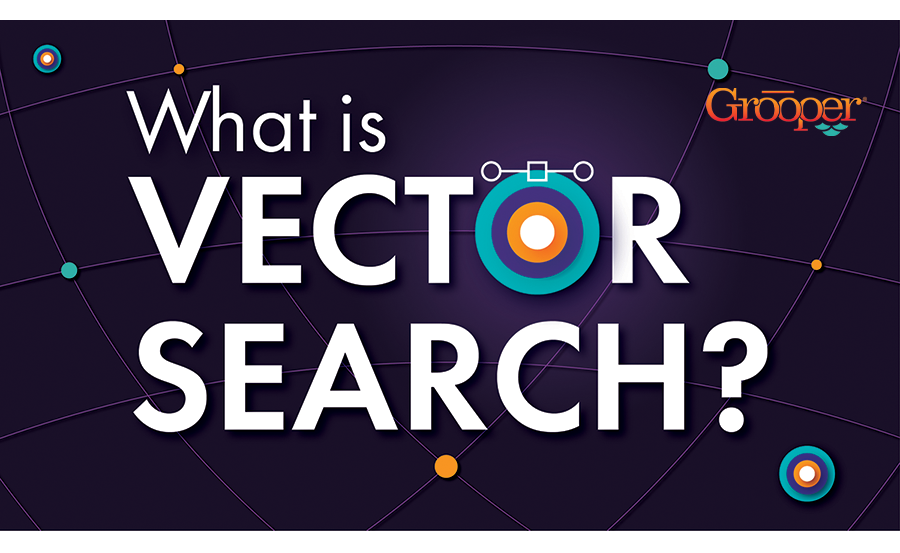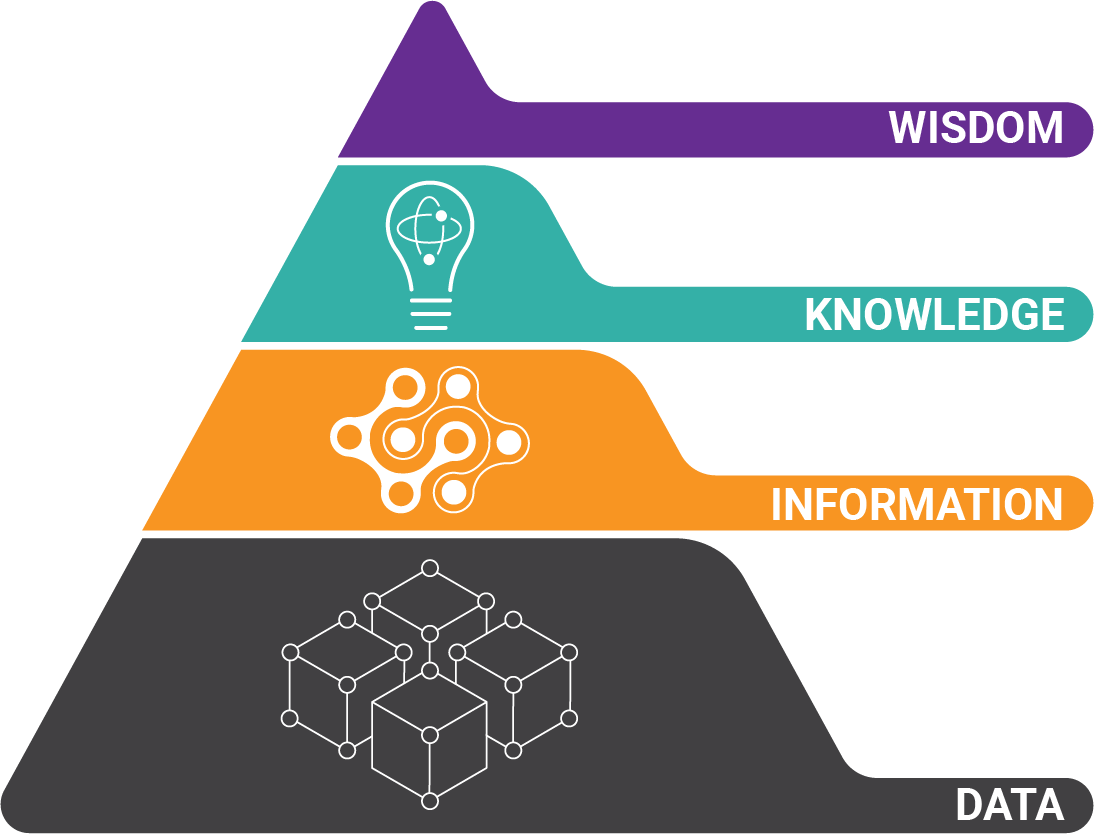Accounts Payable departments everywhere have a big problem: too many invoices and not enough time.
Why? Companies are racing against the clock to get all important data off invoices, so they can pay invoices before due dates and avoid penalties. Traditionally, that responsibility has fallen to AP teams, who enter invoice data manually into accounting systems.
This is an inefficient, time-consuming process that is rife with many problems, including:
- Many manual errors
- Late payments hurting relationships with vendors
- Financial penalties due to late payments
- Lost invoices
- High stress, which leads to AP staff burnout and low morale
But with every problem, there is a solution: automated invoice processing software eliminates these problems.
In this Ultimate Guide to Automated Invoice Processing, we will help you understand how automated invoice processing works and look at all the details of how it works. We will also give you a free Cheat Sheet for Invoice Automation Software.
Table of Contents:
- What is automated invoice processing?
- How to implement a complete automated invoice processing solution in 4 steps
- Benefits of invoice processing automation
- How does automated invoicing work?
What is Automated Invoice Processing?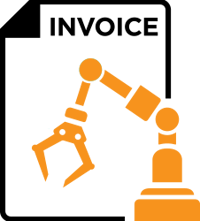
Automated invoice processing is leveraging software to process data on invoice documents to streamline accounts payable tasks, like updating invoice information in accounting systems and Enterprise Resource Planning (ERP) systems.
Automated invoice processing accelerates invoice approvals and significantly reduces processing time and errors.
These solutions accomplish this by using many technologies (like artificial intelligence and machine learning) to locate and extract the correct data from invoices. This replaces the need for humans to find and enter the data into ERP systems manually. Most ERP systems are not designed for high-speed data entry. This makes a manual task like entering invoice information even more time-consuming.

Most companies deal with invoices daily, so there is a big demand to automate invoice processing tasks in every industry. In fact, according to a recent study, manual data entry is the top challenge in AP departments.
Invoice automation improves company AP processes by drastically decreasing the time and effort required to pay supplier or vendor invoices. This is especially important for overworked and understaffed AP departments.
Compared to manual invoice processing methods, invoice automation cuts processing workflow times by at least 70%.
Here are the steps involved in invoice automation:
- Scan paper invoices and import electronic invoices
- Software recognizes and extracts data from invoices
- Data is validated and integrated into downstream business systems, like ERP or workflow systems
- Any invoice errors or discrepancies are raised for human review and correction
- Payments are issued to vendors
- Company saves money by:
- Attaining early-payment discounts
- Avoiding late-payment penalties
- Eliminating manual errors, like mismatched POs, which lead to extra work and costs
- Finding discrepancies in amounts billed or delivered
- Increasing creditworthiness with vendors
Also, automated invoice processing software can work within a larger procure-to-pay automation framework. It can be one of several technologies that work together to streamline a company's procurement process from the beginning (vendor onboarding) to the end (processing payments).

Once an automated invoice system is in place, AP departments can work faster, have easier oversight of spending, and increase the timeliness and accuracy of payments.
Let's dive deeper into how automated invoicing works, its many benefits, and even how to implement an automated invoice processing system at your company.
Get the Secrets of Automated Invoice Software
with Our Free Cheat Sheet!

Interested in automated invoice processing software for your company but confused by all the different solutions? We understand.
That's why we made this cheat sheet, which gives you the 11 most important things you need to know to make an informed buying decision.
GET THE CHEAT SHEET:
4 Steps to Implement a Complete Automated Invoice Processing Solution
 The return on investment with an automated invoice system can be seen very quickly upon deployment. Significant time and cost savings, more visibility into spending, and the ability to find past invoice data with little effort are just a few of the clear benefits that AP departments gain with automation.
The return on investment with an automated invoice system can be seen very quickly upon deployment. Significant time and cost savings, more visibility into spending, and the ability to find past invoice data with little effort are just a few of the clear benefits that AP departments gain with automation.
But how much time and effort is required to implement an automated invoice processing software? Every organization is different, so that answer varies. But with Grooper's no-code platform, automation for invoice processing workflows can be set up in days, compared to weeks that other solutions require.
Here are the steps to follow to get started with automated processing:
1. Set Up Your Vendors
 The biggest challenge with invoice automation is the number of vendors. Each vendor has an invoice form; while they are similar, they are not identical. To extract your required invoice data, the company's invoice document needs to be "modeled" for automation.
The biggest challenge with invoice automation is the number of vendors. Each vendor has an invoice form; while they are similar, they are not identical. To extract your required invoice data, the company's invoice document needs to be "modeled" for automation.
The good news is that this modeling can be done with no-code / low-code tools without coding experience. In many cases, pre-built models can drastically decrease the configuration that needs to be done. But either way, the higher-volume vendor invoices must be modeled and tested to ensure the correct data is extracted.
This modeling is done through a point-and-click interface that maps data from the invoice to fields in the accounting system. Invoices all have standard data - invoice date, invoice number, line item information, etc. Mapping that data lets the automation software know where to put the extracted data so the next process can use it.
How Modern Invoice Processing Mapping Saves You Tons of Time
Traditional invoice automation used "templates" where the designer had to draw boxes around the data needed — and each vendor needed their own "template."
This made it difficult for companies to automate their invoice processing if they had thousands of vendors. That template building took a lot of time!
It's much easier now. The technology has improved so that boxes no longer have to be drawn. Data just needs to be mapped to the invoice fields needed for workflows and approvals.

The most critical part of invoice automation is ensuring the line-item table data is extracted correctly. This data ultimately ends up being coded into the accounting system (and several GL codes could be used in one invoice), so it's essential to get it right.
Business Rules Reduce Even More Manual Work
Business rules can then be added similarly through a simple configuration interface that allows "look-ups" of data into various business systems.
This is commonly the PO number for PO invoices — that number is used to retrieve all the data for the PO being paid. This matching type removes any manual labor around matching POs to Invoices. Invoices that don't match their corresponding PO are brought to the attention of a worker.
Additional business rules can be configured, such as tolerances for errors (anything under $10 can be automatically approved, for instance) and basic calculations to ensure line items and totals match what was extracted.
Drop-down boxes and lexicons (dictionaries of industry terms) can also be configured to aid in automation and validation when business rules cannot be utilized.
2. Customize the Invoice Approval Workflow Based on Your Organization
 Companies commonly require invoices to go through multiple approvers, especially for large purchases. Once Grooper is set up to extract your invoice data, the next step is to set up your workflows in downstream business systems to route invoices through an approval process.
Companies commonly require invoices to go through multiple approvers, especially for large purchases. Once Grooper is set up to extract your invoice data, the next step is to set up your workflows in downstream business systems to route invoices through an approval process.
The workflow builder is entirely visual in many systems, like the one pictured. A code-free interface like this ensures that you don't have to be a developer or have an IT skillset to apply aspects, like conditional rules, to your workflow.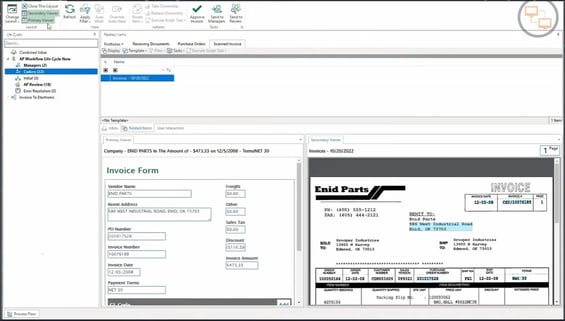
For example, logic and rules can be added to automatically route invoices that exceed $1,000 to a director or senior executive of that specific department. This ensures that senior executives spend their time wisely and don't have to examine every invoice, especially those of low value.
Or if multiple people need to approve, it can be set up through efficient workflows and conditional routing.
In addition, compliance with internal policies can be enforced easily using workflow conditional logic.
3. Integrate the Invoice Automation Software with Your Accounting System
 Accounting departments use several solutions to integrate and manage financial information. Those solutions include ERP systems, enterprise content management systems, other databases, legacy document processing solutions, and even spreadsheets.
Accounting departments use several solutions to integrate and manage financial information. Those solutions include ERP systems, enterprise content management systems, other databases, legacy document processing solutions, and even spreadsheets.
The problem is that invoice data has to be transferred between these disparate systems. Enter modern automated invoice processing software.
These solutions streamline invoice data processing by eliminating virtually all manual entering of line-item invoice data from approved invoices. This is a massive improvement over the manual method, which is tedious, time-consuming, and error-prone.
Grooper's automated invoice processing leverages the latest AI technologies and advanced OCR methods to enable AP departments to integrate more data than ever before into business systems. AP personnel can ensure that their invoice records are up to date, approvals are streamlined, and manual data entry is nearly eliminated.
4. Invoice Automation Testing and Deployment
 Once everything is set up, testing your invoice automation is a good idea, which involves finding invoices that didn't fully get extracted and updating the model accordingly. Follow this iterative process until an acceptable level of accuracy is met. This step will also involve user training/acceptance testing to help maximize efficiency and processing performance.
Once everything is set up, testing your invoice automation is a good idea, which involves finding invoices that didn't fully get extracted and updating the model accordingly. Follow this iterative process until an acceptable level of accuracy is met. This step will also involve user training/acceptance testing to help maximize efficiency and processing performance.
Then it's time for deployment, processing any invoice backfiles, and enjoying the significant benefits of invoice process automation, bringing us to our next section.
Benefits of Automated Invoice Processing
There are seven benefits of processing invoices with automation. They are:
- Substantial cost savings
- Happier employees
- Reduced manual data entry
- Automated three and four-way matching
- Reduced errors
- Improved visibility
- Centralized invoice records
We have many customers who first looked into automated document processing for other kinds of documents...only to realize that automating their invoice processing was where the value really exists. And it's easy to see why.
Invoices are an integral part of every business' operations. So it's an easy decision if you can solve multiple problems (saving big money, running efficiently, de-stressing your employees).
Substantial Cost Savings
 Automated processing cuts costs in many measurable ways. First, by automating a heavily manual process, those same employees can spend their time on business-critical or higher-value tasks. This benefits the organization through much higher work productivity.
Automated processing cuts costs in many measurable ways. First, by automating a heavily manual process, those same employees can spend their time on business-critical or higher-value tasks. This benefits the organization through much higher work productivity.
Companies can also use improved invoice processing to meet early-payment discount deadlines and avoid late invoice payment penalties.
Happier Employees Who Get to Go Home on Time
 This benefit is not as measurable but still highly important. Most people burn out doing slow, painstaking, manual data entry. Staff work slower in order to not make errors. By automating this work, employees are re-purposed for work that does not require as much daily strain.
This benefit is not as measurable but still highly important. Most people burn out doing slow, painstaking, manual data entry. Staff work slower in order to not make errors. By automating this work, employees are re-purposed for work that does not require as much daily strain.
But that's not all. Before the end of the month, many AP teams are racing to have invoices and financial tasks completed to meet deadlines.
Saving time through automated workflows means that invoices are processed days faster. So AP teams can experience the end of the month as just another day and not as a stress-inducing time that drives away valuable employees.
Workers tend to leave when they're most stressed. So an automated invoice solution means not losing your best employees when you need them the most. AP department staff can have their work finished by 5 pm, and they never miss another meaningful moment at home again. That's a huge benefit!
Reduced Manual Data Entry
 Using the technologies in automated invoice processing eliminates almost all manual data entry. Modern AI technology such as OCR, computer vision, image processing, and natural language processing (including the latest GPT innovations) work together to find and extract the correct data with incredible accuracy.
Using the technologies in automated invoice processing eliminates almost all manual data entry. Modern AI technology such as OCR, computer vision, image processing, and natural language processing (including the latest GPT innovations) work together to find and extract the correct data with incredible accuracy.
Automated Three and Four-Way Matching
 This benefit alone puts out many AP fires before they even begin. By automatically matching invoices with their corresponding purchase orders and packing slips (also known as three-way matching), invoice matching prevents AP fraud.
This benefit alone puts out many AP fires before they even begin. By automatically matching invoices with their corresponding purchase orders and packing slips (also known as three-way matching), invoice matching prevents AP fraud.
How much of a problem is AP fraud? Recently, 74% of organizations were targets of payment scams and other billing schemes.
Performing manual matching means that someone has to find the accompanying documents to match them to a specific invoice. They then have to compare all of the prices and quantities for each line item and the taxes and total. Manual matching becomes even more arduous if invoices also need to be matched to an inspection document (known as four-way matching).
But automated systems integrate with accounting systems to match these documents and flag invoice discrepancies.
In addition to preventing AP fraud, automated PO matching:
- Drastically reduces errors
- Makes the workday easier for AP staff
- Speeds up invoice processing to pay vendors days faster
Reduced Invoice Errors
 These common AP problems are vastly reduced with intelligent automation:
These common AP problems are vastly reduced with intelligent automation:
- Posting duplicate payments
- Missing incorrect prices or quantities delivered
- Invoices incorrectly approved
- Manual data entry mistakes
Improved Visibility
 Extracting more invoice data and creating text-searchable electronic copies of paper invoices dramatically improves visibility into corporate spending. Past invoice documents (purchase requests, invoices, purchase orders, receiving documents, etc.) can easily be found in the event of discrepancies or audits.
Extracting more invoice data and creating text-searchable electronic copies of paper invoices dramatically improves visibility into corporate spending. Past invoice documents (purchase requests, invoices, purchase orders, receiving documents, etc.) can easily be found in the event of discrepancies or audits.
In addition, looking into department spending is a much easier lift with complete invoice data available in one place.
Centralized Invoice Records
 An electronic document management system (EDMS), which is part of an automated invoice solution, enables organizations to centralize their documents in one location.
An electronic document management system (EDMS), which is part of an automated invoice solution, enables organizations to centralize their documents in one location.
With Grooper's connectivity, you can easily integrate and store invoices in content management systems like Hyland OnBase, Box, Microsoft SharePoint, Laserfiche, Oracle, OpenText, IBM FileNet, and any other system that accepts external data.
How Does Automated Invoicing Work?
 The traditional invoice processing workflow starts when a vendor or supplier sends an invoice to their customer's accounting department. The invoice can be in an e-mail, paper form, PDF, or other electronic format.
The traditional invoice processing workflow starts when a vendor or supplier sends an invoice to their customer's accounting department. The invoice can be in an e-mail, paper form, PDF, or other electronic format.
The accounting team manually enters invoice data into their ERP or accounting system. This step is fraught with problems, as typing the correct line-item data and general invoice information is painstaking, slow, and prone to manual errors.
AP teams then match the invoice data to a purchase order and receiving document and then approve the invoice manually. Typically, many organizations have internal policies that stipulate invoices exceeding a certain amount require multiple approvers, including an executive-level approver.
After an invoice is approved, it is then posted for payment. But that is not the end of the process. Occasionally, old invoices have to be pulled for a customer's request or an audit. Depending on the organization, this can be a very laborious, time-consuming process as it depends on manual work to locate the invoices.
Manual accounts payable processing can take more than 30 days to complete every step, based on an AP team's backlog of invoices to process.
Automation to the Rescue

However, automated invoice processing eliminates nearly all manual work and steps. When paper invoices arrive, they are scanned as images and loaded into the automation software.
Electronic invoices are easily imported into automation software as well. Emails are automatically imported, and documents submitted to vendor portals are also automatically imported.
This step is known as data capture (or document capture), and it is vitally important as it automatically finds and extracts all of the invoice data you want. This ends almost all manual data entry needed to get invoice data into business systems. Invoice images can also be fully text-searchable, which aids in quick retrievals.

The AP automation software then maps the extracted invoice data with the correct label so the correct field data is entered into the ERP system. This includes fields such as:
- Supplier/vendor name or number
- Invoice number and date
- Line-item data like quantities and prices
- Product descriptions
- Essential information like the payment due date and early payment discount date
After data and invoice images are loaded into ERP and accounting systems, the invoices are routed to the appropriate personnel for review and approval.
Months or years later, in the event of audits or customer inquiries, invoices can be quickly found as invoice automation empowers quick searches for a vendor name, invoice number, or many other parameters.
About the Author: Tim McMullin
Tim McMullin brings extensive sales and solution design experience to help customers and partners successfully meet their business objectives.
With more than 25 years of technical and sales expertise in the enterprise document and data capture space, Tim is responsible for managing Grooper sales at BIS. His leadership focuses on the expansion of all things Grooper, especially the channel and traditionally underserved verticals.


